Designer Dave Crossland Date created 2009 | Classification Humanist Foundry Abattis | |
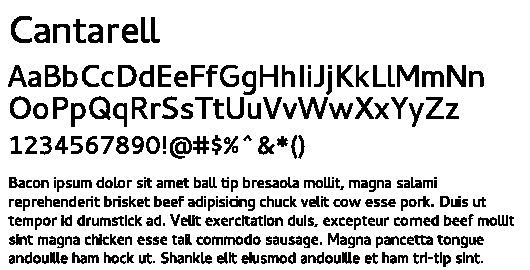 | ||
Link google.com/fonts/specimen/Cantarell | ||
Cantarell is the default typeface supplied with the user interface of GNOME since version 3.0, replacing Bitstream Vera. The font was originated by Dave Crossland in 2009.
Contents
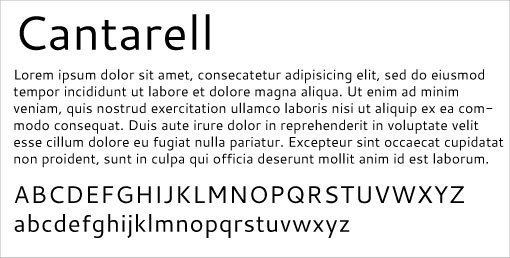
History
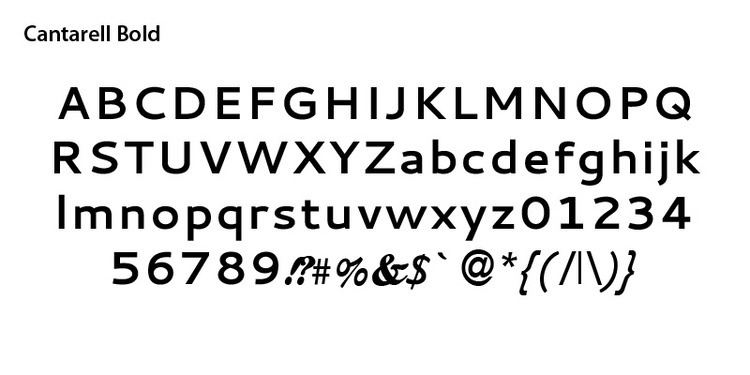
In 2009 the Cantarell fonts were initially designed by Dave Crossland during his studies of typeface design at the University of Reading. In 2010, the fonts were chosen by GNOME for use in its 3.0 release, and the font sources were moved to GNOME's Git repository. The fonts are maintained there, allowing contributions from a variety of designers including Jakub Steiner and Pooja Saxena. In 2013 Pooja Saxena joined the GNOME foundation's "Outreach Programme for Women" internship, and was tasked with improving the design and language support. In 2014 Pooja was given financial support by Google Fonts to extend the design to Devanagari, but due to unavoidable vertical metrics adjustments the family was published with a new name, Cambay.
Distribution
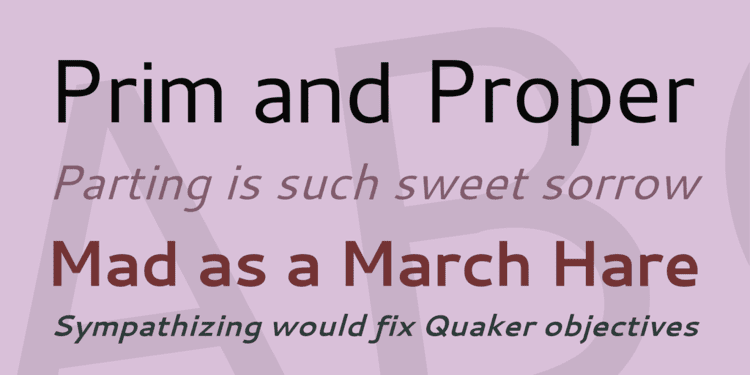
Operating Systems that ship GNOME 3 include this typeface family by default, like Fedora. Google includes the font family in its font directory making the typeface available for use in websites.
Criticism
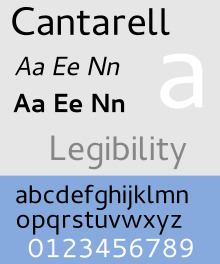
Cantarell initially received both criticism and support from the free software community. It was argued that GNOME’s use of Cantarell reduced legibility in desktop applications, it was not kerned and has deformed glyphs. Other users enjoyed the design, calling it "stylish and beautiful, but most importantly, crisp and easy to read." The initial release notes stated that it was designed for legibility on screens.
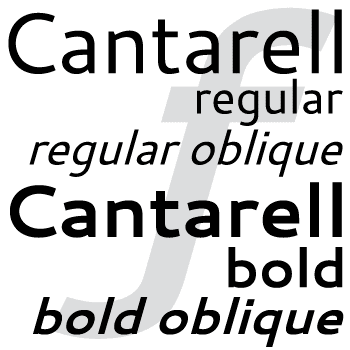
GNOME's choice was also criticized since Cantarell only supports some Latin languages, far less than the previously used DejaVu fonts. When the fonts were first published, Crossland invited others to extend the language support and this finally began in 2013 when Saxena began applying the design to the Cyrillic script.
